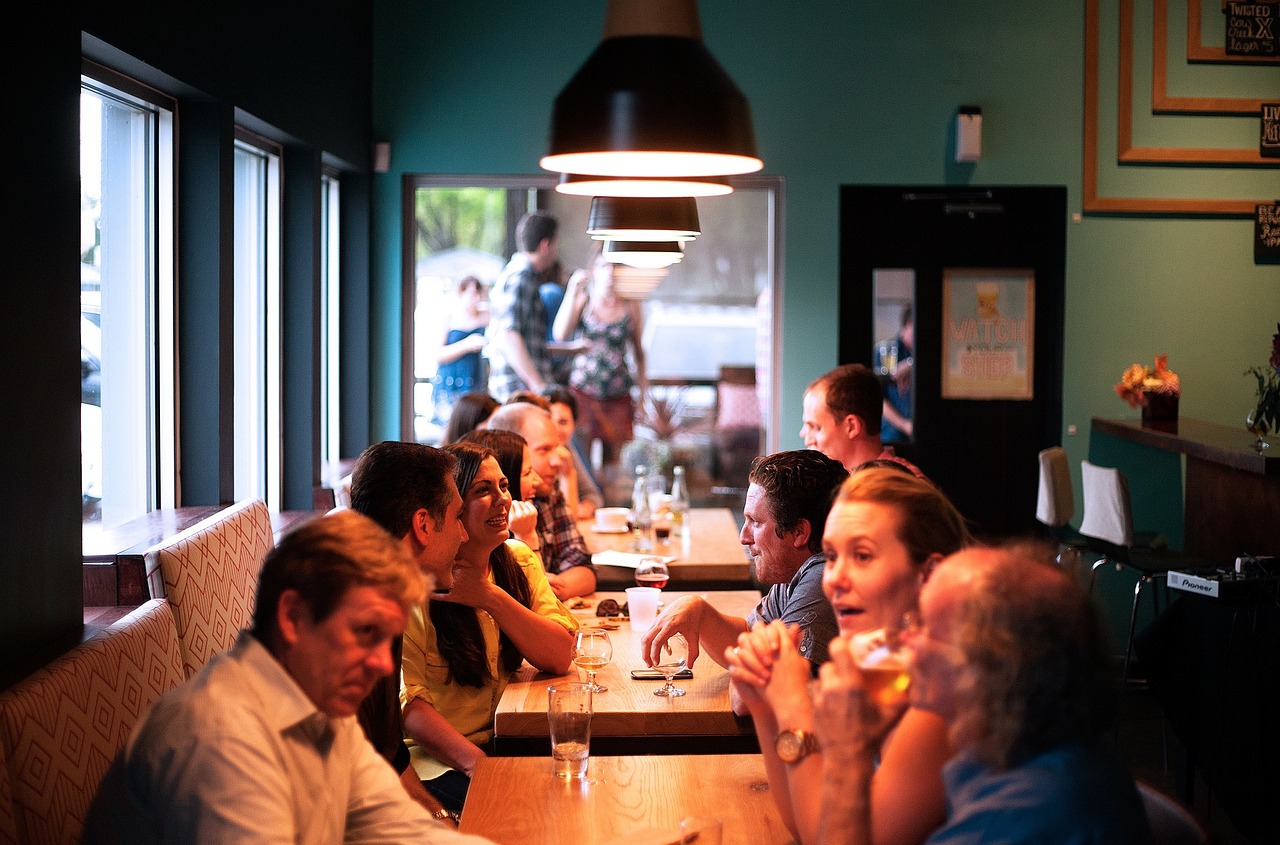Restaurateurs who see their eateries thriving are often tempted to expand to a second location, but not every profitable restaurant is ripe for expansion, experts say.
“There is a fine line between running a successful restaurant and running a successful restaurant that is ready for replication,” said Ray Camillo, CEO of Blue Orbit Restaurant Consulting. “Often, restaurant owners are deeply involved in operations, and when their concept strikes a chord with the market they serve, they rightfully want to capitalize by expanding.”
Before making the leap, restaurant owners should consider a few important factors that can help guide the decision of whether the timing is right to grow.
1. Are processes written down? The most important factor when considering expansion is that the systems and recipe consistency are replicable in every aspect, said Jared Flowers, senior consultant with National Restaurant Consultants. “A lot of times we’ll work with operators who say their sales are through the roof and they want to do a second location and we look at their recipe books, food cost tools or orientation checklists and they’re a mess.”
If you don’t have those systems in writing, your consistency goes downhill and you cannibalize your brand, Flowers said. “The majority of independent restaurants do not have everything written down, so making a fine-tuned handbook, employee files and recipes are essential.”
2. Is the owner the main reason for success? When a restaurant is successful because of the owner rather than the systems, a second location may not flourish, Camillo said. “The owner will then need to clone himself or herself to make the second location work, which generally means they are bouncing between restaurants, often neglecting both in some way.”
The solution here is to ensure that the first restaurant can function without the owner, Camillo advised. “They should ask themselves, ‘When was my last vacation?’ and if they have been either unable to take a vacation or, when they did, the restaurant went to hell while they were gone, they are not ready to open a second restaurant,” he said. “They must first stabilize operations so they run profitably without needing their physical presence.”
3. Has the restaurateur identified what makes the restaurant “magic?” Running one successful restaurant is a feat in itself, but understanding why it’s successful is vital, Camillo said. “One-hit restaurateurs often think their operation is successful because they possess the ‘the secret sauce,’ when truly luck could have a lot to do with it. Right location, right concept, right time. A fast-casual burrito concept launched in 1978 in Omaha might not be successful, but the same concept launched in Denver in 1993 might just explode across the country like Chipotle did.”
4. Do you know your audience? Different markets in different cities have varying tastes and demands. “Knowing who likes your restaurant then finding a location that mimics the same demographic is a good bet,” Camillo said.
5. Will replication stymie the magic? Sometimes lightning strikes and a concept becomes so successful that it achieves iconic status because it is one of a kind.
“In these cases, it’s sometimes best to leave that one restaurant alone and open a whole new concept rather than replicate the original, while other times it makes sense to stamp units out across a market or the country,” Camillo said. “In some cases, just making the original location bigger is smarter than trying to make a second location — not because operations are hard to control but because the magic lies in the iconic location and history of a place.”
__________________________
If you enjoyed this article, join SmartBrief’s email list for more stories about the food and beverage industry. We offer 20 newsletters covering the industry from restaurants to food manufacturing. And be sure to follow us on Twitter for the latest industry news.
